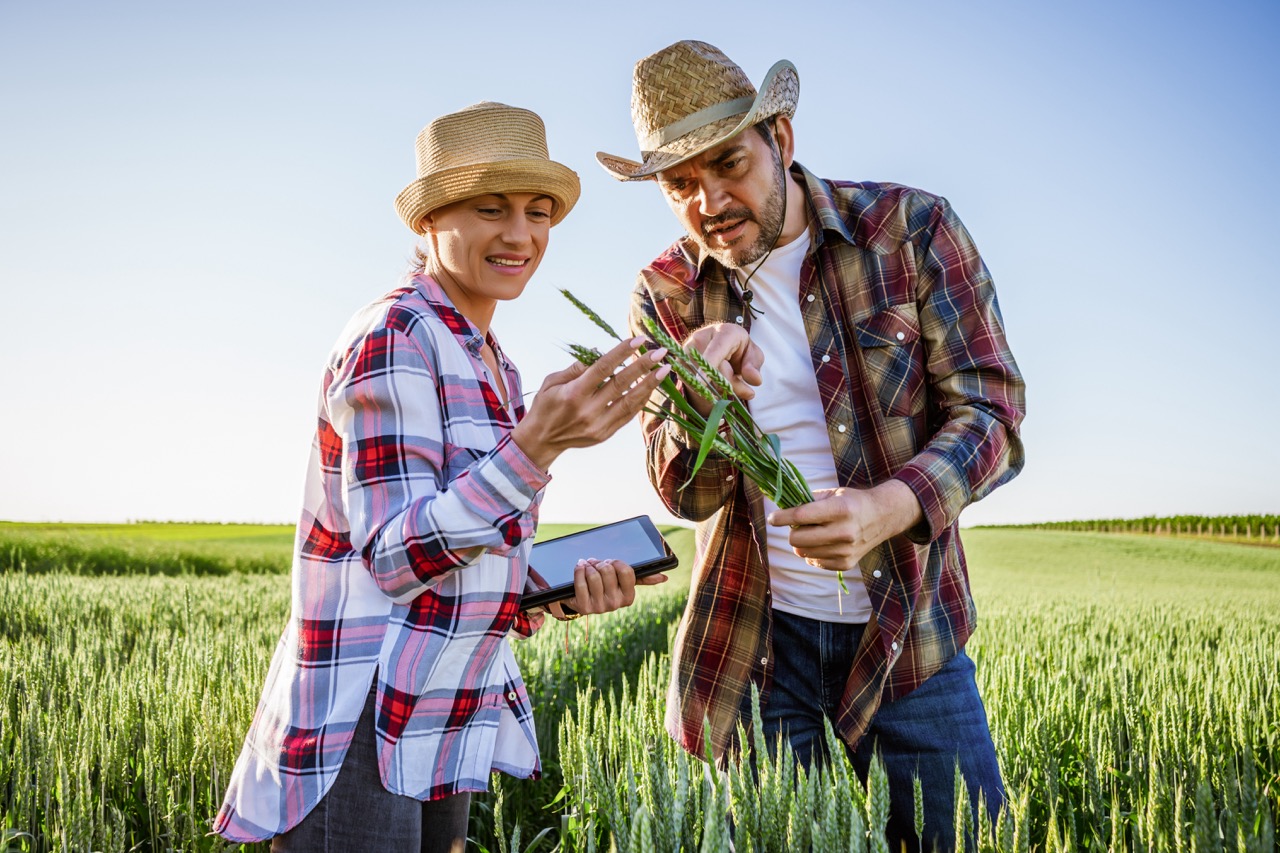In an era where the demand for sustainable practices is on the rise, growing your own organic vegetables at home presents a fruitful opportunity for both personal health and environmental stewardship. Organic gardening not only allows you to control what goes into your food but also helps reduce your carbon footprint. This article will guide you through the fundamentals of starting your own organic vegetable garden, from understanding its benefits to troubleshooting common issues that may arise during the growing process.
Understanding the Benefits of Organic Vegetable Gardening
Organic vegetable gardening offers a plethora of benefits, both for individuals and the environment. One of the most significant advantages is the health factor. Organic vegetables are grown without the use of synthetic pesticides or fertilizers, which means you can enjoy produce free from harmful chemical residues. This practice promotes healthier eating habits and contributes to overall well-being, providing an opportunity to consume nutrient-dense food straight from your own backyard.
Additionally, organic gardening fosters biodiversity and promotes a balanced ecosystem. By avoiding chemical interventions, you encourage beneficial insects, pollinators, and microorganisms that are vital for maintaining healthy soil. This approach not only supports local wildlife but also helps in pest control naturally, reducing the reliance on harmful chemicals that can disrupt local ecosystems.
Lastly, growing your own organic vegetables can lead to significant cost savings. While there may be initial expenses in setting up a garden, the long-term benefits of having a continuous supply of fresh produce can outweigh these costs. Moreover, the taste and quality of homegrown organic vegetables often surpass those found in stores, offering an incomparable culinary experience that enhances meals and encourages a healthier lifestyle.
Essential Tools and Supplies for Home Gardening Success
To successfully embark on your organic gardening journey, it’s crucial to gather the right tools and supplies. At the very least, you will need basic gardening tools such as a spade, trowel, hand rake, and pruning shears. These tools will assist you in soil preparation, planting, and maintaining your crops. Investing in a good pair of gardening gloves is also essential to protect your hands from dirt and potential cuts.
In addition to tools, consider acquiring quality organic seeds or seedlings. Look for varieties that are well-suited to your local climate and soil conditions. Many local nurseries and online retailers specialize in organic seeds, providing a variety of options for different tastes and gardening techniques. Starting with healthy plants will increase your chances of a successful harvest.
Soil quality is another significant factor in organic gardening. You may need to invest in high-quality organic compost or well-rotted manure to enrich your soil. Performing a soil test can also help you understand its nutrient composition, allowing you to make informed amendments for optimal plant growth. This foundation will ensure that your garden thrives and produces abundant, nutritious vegetables.
Step-by-Step Guide to Planting and Caring for Your Crops
Once you have gathered your tools and supplies, it’s time to start planting your organic vegetables. Begin by selecting a sunny spot in your yard or garden, as most vegetables require at least 6 to 8 hours of direct sunlight daily. Prepare the soil by tilling it to a depth of at least 12 inches, mixing in your organic compost to create an enriched environment for your crops.
After preparing the soil, it’s time to plant your seeds or seedlings. Follow the instructions on the seed packets regarding planting depth and spacing, as proper spacing is crucial for good air circulation and prevents overcrowding. Water the newly planted seeds gently yet thoroughly to ensure that the soil is moist, facilitating germination.
Caring for your crops involves consistent monitoring of moisture levels, pest activity, and overall plant health. Regularly check the soil moisture, especially during dry spells, and ensure that your plants receive adequate water without over-saturating them. Employ organic pest control methods, such as introducing beneficial insects or using insecticidal soap, to manage pest populations while keeping your garden chemical-free.
Troubleshooting Common Issues in Organic Vegetable Gardens
Despite your best efforts, organic vegetable gardening can come with its share of challenges. One common issue is poor plant growth, which can result from nutrient deficiencies or improper watering. To troubleshoot this, regularly assess your soil’s nutrient levels through testing and amend as necessary with organic fertilizers. Additionally, ensure that you are adhering to the optimal watering schedule, considering both the specific needs of your plants and the prevailing weather conditions.
Another frequent problem is pest infestations. While organic gardening encourages biodiversity, it can also attract pests that can harm your plants. Keep a close eye on your crops, and if you identify pest activity, act quickly. You can create pest barriers, employ companion planting strategies, or use organic pesticides as a last resort. Regularly inspecting plants will help you catch issues before they escalate into larger problems.
Lastly, diseases can be a significant concern in organic gardening. Common afflictions include blight and powdery mildew, often exacerbated by overcrowded growing conditions or high humidity. To prevent disease, ensure proper air circulation by adequately spacing your plants, and practice crop rotation to avoid planting the same crops in the same area consecutively. If you do encounter disease, remove affected plants immediately and consider using organic fungicides to manage outbreaks effectively.
Growing your own organic vegetables at home can be a rewarding and enriching experience. Not only does it provide you with fresh, chemical-free produce, but it also fosters a deeper connection with nature and enhances your understanding of sustainable practices. By following the guidelines outlined in this article—understanding the benefits, gathering essential tools, planting with care, and troubleshooting issues—you are well on your way to cultivating a thriving organic vegetable garden. Embrace the journey, and enjoy the fruits of your labor!










